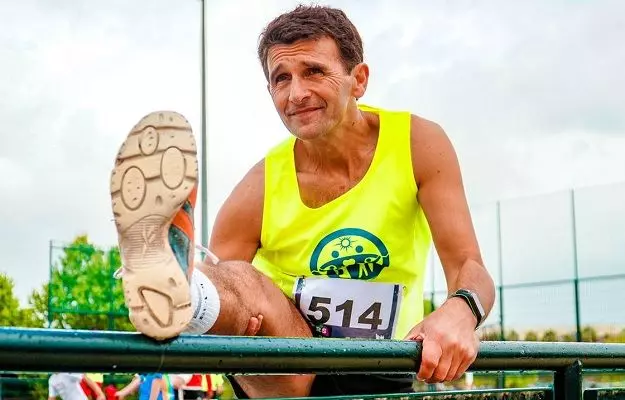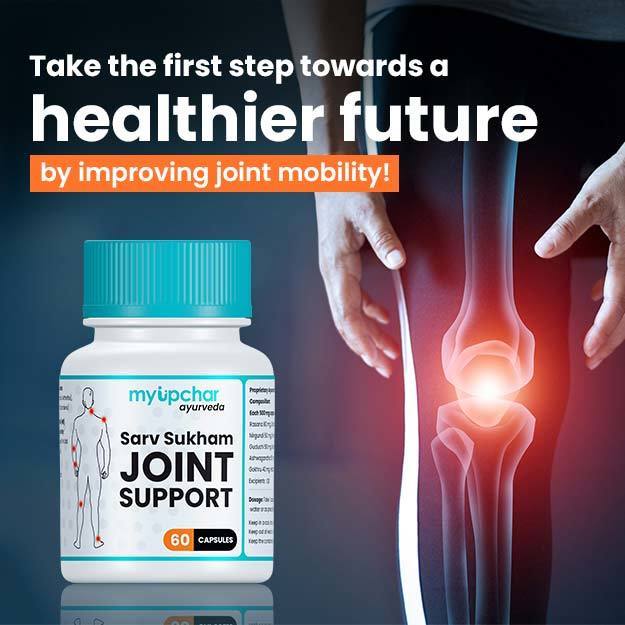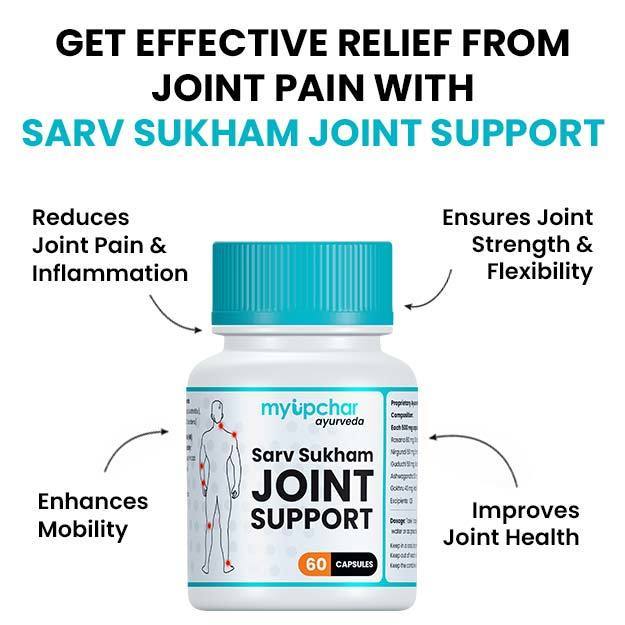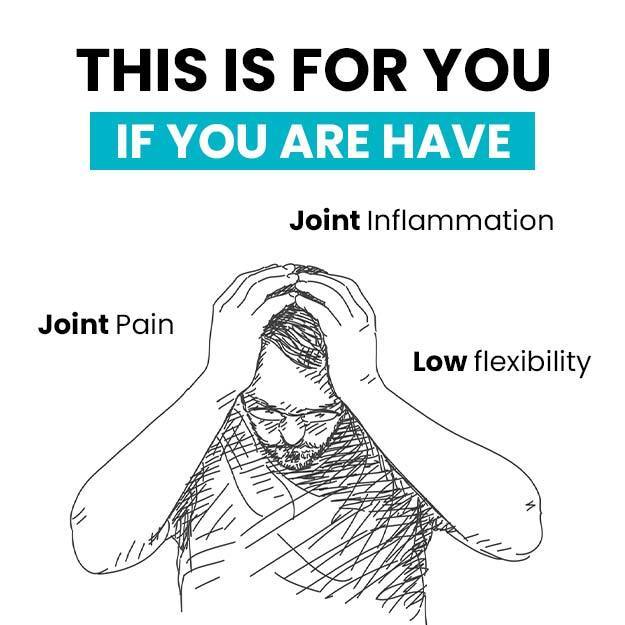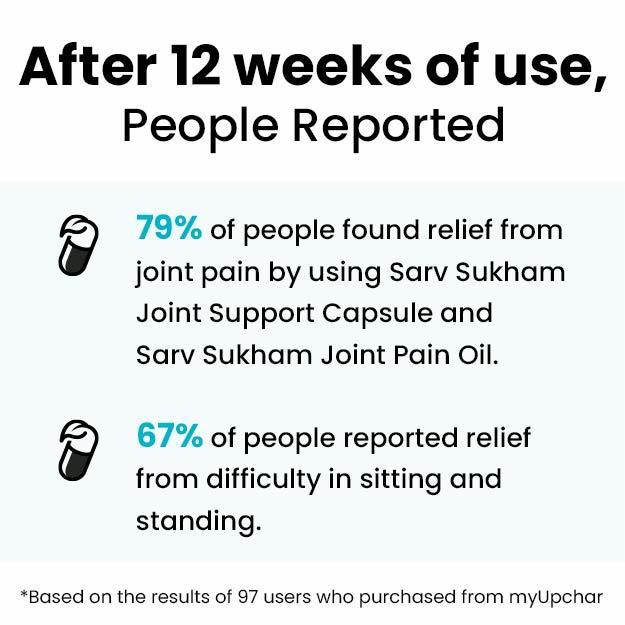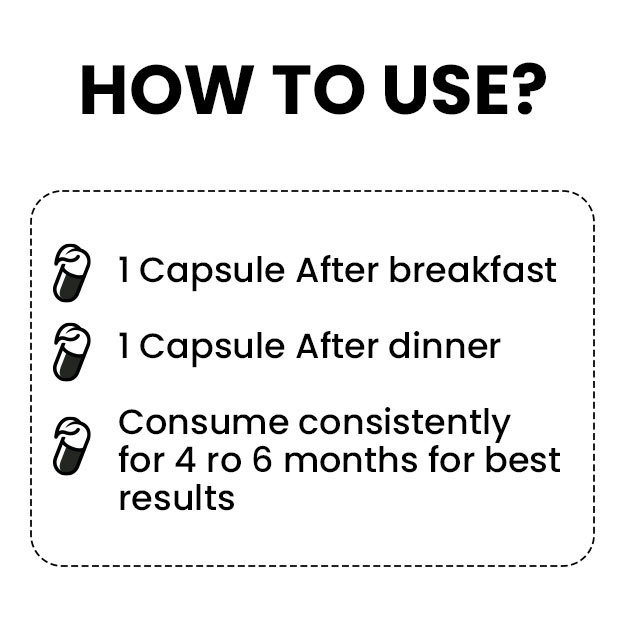Olympic gold medallist Usain Bolt famously took a tumble in the final of the 4x100m relay at the World Athletics Championships in London in 2017 - the final race of his career - after tearing his hamstring muscle. Bolt, the fastest man in the world, left the track on a wheelchair.
You would have seen several athletes hobbling off the field after getting injured, and clutching onto the back of their thighs, a telltale sign that they have injured their hamstrings.
The hamstrings are a group of three muscles and tendons in the back of the thigh that gives us the power to run and jump.
The three muscles run from the hip to below the knee, and allow the hip to extend, the knee to flex and rotate, the thigh to extend and rotate and also the shin bone (tibia) to rotate. The tendon attaches the large thigh muscles to the bone.
Standing or walking does not involve the use of the hamstring, but any activity that involves bending the knee or straightening the leg does.

